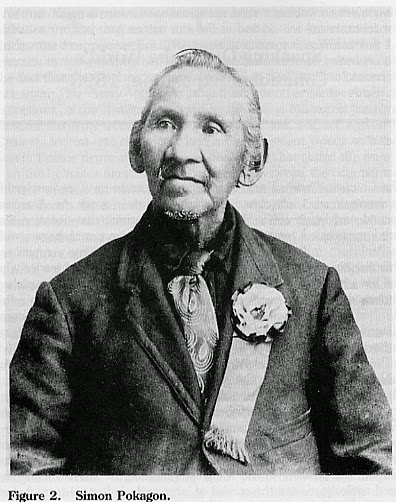 |
| Syracuse [New York] Daily Journal, November 21, 1913 |
For in this world of lies, Truth is forced to fly like a scared [sacred?] white doe in the woodlands; and only by cunning glimpses will she reveal herself, as in Shakespeare and other masters of the great Art of Telling the Truth,--even though it be covertly, and by snatches. --Herman Melville, Hawthorne and His MossesOnline texts of Hawthorne and His Mosses follow the original 1850 printing in the New York Literary World, where Melville in the guise of a Virginian on vacation compares elusive Truth to a frightened deer, "a scared white doe" in the woods. The Northwestern-Newberry edition of Melville's Piazza Tales likewise prints "scared white doe" but in his Herman Melville: A Biography Hershel Parker emends "scared" to "sacred," making it rather a "sacred white doe." Parker gives the rationale behind his correction in the Documentation section of Volume 1 along with relevant analogues elsewhere in Melville's writing. Parker reasons that for Melville
"Truth is apt to be holy, even if secretive...."Additional literary analogues might be and have been cited, for example Wordsworth's White Doe and The Fawn of Sertorius. But this particular emendation seems not to have caught on (except ha! by accident when critics misread the text they are quoting). On Facebook last year Robert Tally gave the change of "scared" to "sacred" as an example of editorial "mischief" and asked "who worships deer again?" --Texas State University - Department of English
Great question! One answer is, Indians including Mohegans according to a local Berkshire legend retold in Taghconic by Herman Melville's Pittsfield friend and neighbor J. E. A. Smith.
Another gentleman, to whom I mentioned this anecdote, tells me an aboriginal legend of this same White Deer. "Long before the Englishmen set foot in the Housatonic valley," he said, "the Indians used to notice a deer, of complete and spotless white, which came often, in the Summer and Autumn months, to drink at Onota. Against this gentle creature no red man's arrow was ever pointed; for, in their simple faith, they believed that with her light and airy step she brought good fortune to the dwellers in the valley. 'So long,' the prophecy ran, 'So long as the snow white doe comes to drink at Onota, so long famine shall not blight the Indian's harvest, nor pestilence come nigh his lodge, nor foemen lay waste his country.' In the graceful animal the tribe recognized and loved their good genius. He among them who dared to harm her would have met swift punishment as a sacriligious wretch and traitor." --Taghconic
Pittsfield residents long remembered Smith's Legend of the White Deer, as evidenced by the newspaper report "Sacred White Deer Is Shot" from the Syracuse NY Daily Journal (November 21, 1913). For oral testimony of a similar tradition, listen to Simon Pokagon
THE SACRED WHITE DEER.
There is a very old superstition, still extant among our people, that white, or albino deer—which are very rare—are sacred. They have for time out of mind been called Manito sucsee wabe ("the sacred white deer").
It is believed that if anyone should shoot at and miss a white deer, he would be sick in consequence; and, that should he kill one, death would soon be the result. I once encamped while hunting with a white man for partner. Returning to our lodge one night, I told him how, during the day, I had had a chance to kill a most beautiful white buck, having the most perfect antlers I had ever seen, but that I had not had the heart to take his life, for I had always heard our old hunters say that the white deer was sacred, and that they never knew a hunter who killed one to live long. He called me many hard names, and among other things, said: "Pokagon, you are as superstitious as an uneducated redskin. Don't you know anything? Why, we could have sold that deer for more than fifty dollars!"
Yet this same man, a few days later, when we had started on our morning hunt, went back to the lodge, a distance of at least half a mile, to get an old horse-chestnut which he claimed had brought him good luck for years.
He would not hunt on Friday; fearing he might get shot. I suggested to him one Friday morning that, if he should fill his pockets with chestnuts, he would be perfectly safe. He talked very eloquently to me for some time; but he did not thank me for my advice.
--The Forum, Volume 25Graphically sacred is already contained in scared. Either word suggests both, as somewhere I read or heard a brilliant commentator point out (probably on the glorious old Ishmail). So you don't absolutely have to emend scared, but Hershel Parker's fix could still help readers who otherwise never dream that Truth is as sacred as shy.
 |
| Image Credit: Chewie World Order |
- Forced to fly: Dryden's hind and Melville's doe
https://melvilliana.blogspot.com/2021/06/forced-to-fly-drydens-hind-and.html


No comments:
Post a Comment